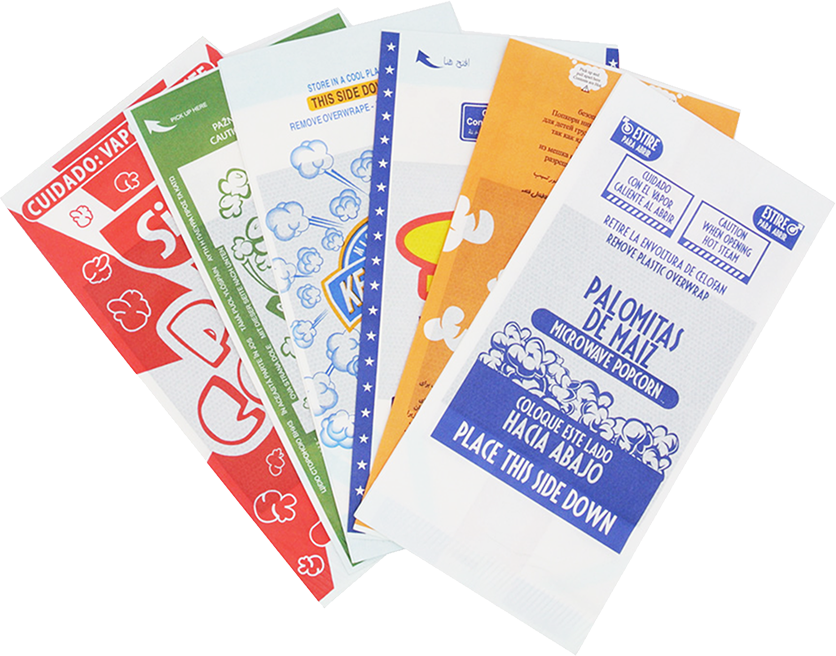Pesticide residues are major hidden troubles that restrict the export trade of agricultural products. China is a big country in the production and use of pesticides. However, because of the unreasonable use of pesticides and inadequate supervision of pesticide residues, pesticide residues in agricultural products are particularly problematic. People eating agricultural products that are contaminated with pesticides may cause acute or chronic poisoning, may even be life-threatening in severe cases, or cause potential harm to future generations. At the same time, pesticide residues as a technical barrier has seriously affected agricultural trade, and has become a major hidden trouble that restricts and limits the export of agricultural products such as vegetables and rice in China. In order to protect the legitimate rights and interests of consumers and enhance the competitiveness of agricultural products in the market, scientific detection of pesticide residues in agricultural products is crucial.
The Pesticide Residue Tester uses an enzyme inhibition rate method to rapidly detect pesticide residues in a sample. Pesticide residue detector is a commonly used instrument for scientific detection of pesticide residues in agricultural products, because of its high sensitivity, energy saving, environmental protection, power saving, long life, fast response and other advantages.
In recent years, with regard to the detection of pesticide residue in agricultural products, the technology has been continuously updated, and the related instrument functions in research and development have become more and more comprehensive, providing basis for the research and application of agricultural product pesticide residue detection technology.
Sample preparation techniques for the analysis of pesticide residues:
In the analysis of pesticide residues, the sample preparation requires the complete extraction of the components to be measured as much as possible. It also requires the removal of impurities that are present at the same time as the target as much as possible to reduce the interference with the detection results and to avoid contamination of the detection equipment. Sample preparation is one of the important steps in the pesticide residue analysis process. It is an important factor in ensuring the accuracy, reliability and reproducibility of the assay results. Prior to the 1950s, sample pretreatment methods included Soxhlet extraction, shaking extraction, liquid-liquid distribution, column chromatography, and centrifugation. In the late 1960s, due to the introduction of chromatography, the separation and extraction technology has undergone a qualitative leap. Solid phase extraction, microwave extraction technology, gel chromatography, accelerated solvent extraction, supercritical extraction, solid phase microextraction technology The pretreatment method has developed rapidly and has gradually been applied to the analysis of pesticide residues. The purpose and result thereof is to achieve a rapid, effective, simple and automated analysis of the sample preparation process. This is also in line with the development trend of modern sample processing technology, that is, while ensuring the quality of the analysis, as far as possible to simplify the processing of the sample, speed, miniaturization of the device.
Microwave popcorn paper bags produced from white greaseproof kraft paper
PRODUCT DESCRIPTION
Design: Customized Design
240mm×110mm×85mm
Paper: Food-grade Greasproof White Kraft Paper
Compound Adhesive: Water-based White Adhesive PVA
Heat Seal Adhesive: PVA Water Soluble (Green)
Side Seam Adhesive: Water Soluble Emulsion(White)
Ink: MWW (M/W Water Base Carbon Free)
Individual weight: 11.2g
Oil resistant: ≥ kit11

Bags For Microwave Popcorn,Microwave Bag,Popcorn Microwave,Custom Print Popcorn Bag
JINAN HUAFENG PRINTING CO., LTD , https://www.huafengpaperbag.com